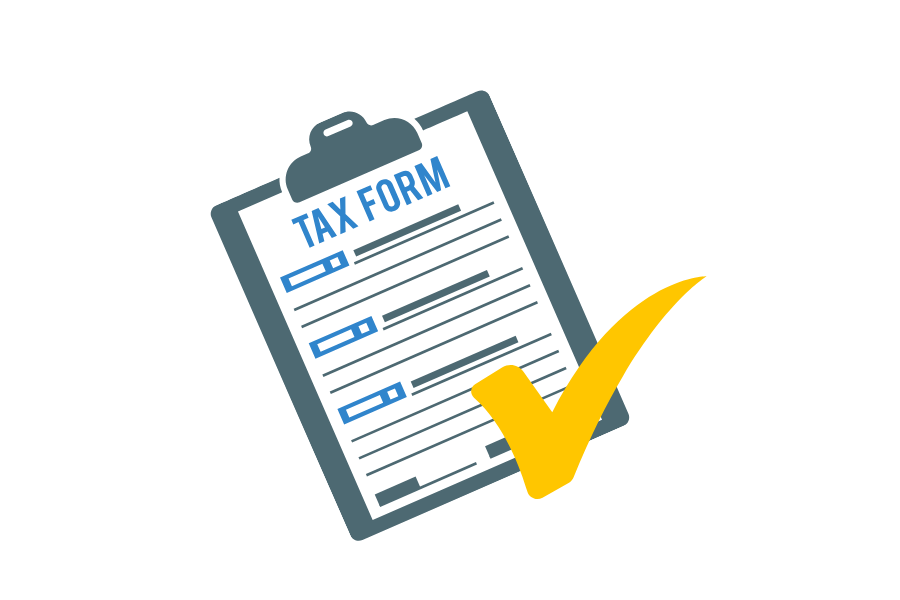What SIC Codes Mean for Corporate Tax Planning in US SMEs
Standard Industrial Classification (SIC) codes are numerical identifiers used to categorize businesses by industry. While largely replaced by the North American Industry Classification System (NAICS), SIC codes are still used for specific regulatory filings, historical analysis, and compliance purposes. For US small businesses, especially those navigating corporate tax services, knowing your SIC code can help you stay compliant, access potential tax benefits, and make more informed financial decisions.
Understanding SIC Codes
Before diving into how SIC codes affect corporate tax planning, it’s important to understand what they are and how they’re structured.
- What they are: SIC codes are used to group businesses into standardized industry categories. Each business is assigned a four-digit code based on its primary activity.
- Where they’re used: While SIC codes have largely been replaced by NAICS codes, they’re still used by several government entities—including the SEC and OSHA—for regulatory filings, surveys, and legacy reporting.
- Why they matter: Accurate SIC classification supports proper government reporting and can influence a company’s tax position, eligibility for incentives, and more.
How SIC Codes Impact Corporate Tax Planning
SIC codes influence more than just categorization—they can directly affect how small businesses manage taxes, access benefits, and remain compliant.
1. Identifying Industry-Specific Tax Incentives
Some tax incentives are industry-specific. Having the right SIC code helps businesses recognize which tax benefits they might qualify for under existing tax rules.
- Can reveal deductions tied to research, production, energy use, and more.
- Supports eligibility checks for local, state, or federal business tax credits.
2. Ensuring Accurate Regulatory Compliance
Proper classification helps ensure that businesses are complying with industry-specific tax regulations and filing requirements.
- Reduces risk of filing errors that could trigger audits or penalties.
- Keeps documentation in line with standards expected by regulators and tax authorities.
✅ One fixed price. All your financials handled. Combine accounting and tax filing in a single plan. See how simple it can be here.
3. Supporting Informed Financial Planning and Benchmarking
By using SIC codes, businesses can compare performance and reporting metrics with industry peers—an essential tool for tax planning and growth strategy.
- Benchmark tax liabilities and financial ratios across similar businesses.
- Make smarter decisions on deductions, reinvestments, or restructuring.
4. Unlocking Access to Government Programs and Grants
Some financial relief programs and industry grants require businesses to fall within certain SIC classifications. Accurate identification can open doors to funding or support.
- Helps determine eligibility for tax relief programs tied to industry type.
- Improves application accuracy for industry-targeted initiatives.
SIC Codes vs. NAICS Codes
Although NAICS codes have largely replaced SIC codes in modern reporting, both systems still hold relevance. Understanding the difference can help businesses navigate compliance and legacy requirements more effectively.
- NAICS codes: More detailed, six-digit codes used in current federal and state reporting.
- SIC codes: Still used in some legal filings, older data systems, and tax forms.
In corporate tax planning, awareness of both codes may be necessary, especially if your business deals with multiple jurisdictions or legacy systems.
Summary
SIC codes might seem outdated, but they still play a vital role in corporate tax planning for US small businesses. From accessing tax incentives to ensuring proper classification for compliance and benchmarking, understanding your SIC code can support smarter financial decisions. While NAICS codes are now the standard for most filings, SIC codes still have a place in strategic tax planning, especially where legacy systems and regulatory requirements apply.
Streamline Your Finances with Smart Technology
Running a business is complex enough. That’s why we offer combined accounting and tax filing plans at one fixed price. Our AI handles your daily books while tax experts manage your filing obligations. Plus, your dedicated CSM is just a SMS away. Chat with us now, email [email protected], or use our contact form.
Here are some articles you might find helpful:
Managing Cash Flow for Small Businesses







